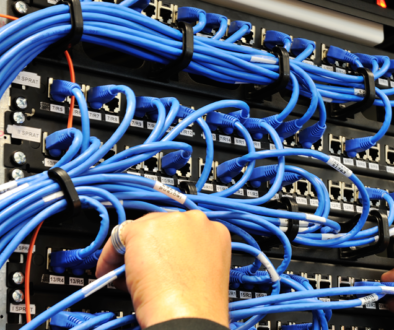New LCD screen technology for cockpit displays
In the world of aviation, technological advances are always happening. The cockpit is one of the essential areas of a plane, and its displays must be reliable and up-to-date with new features. Recently, LCD screen technology has been making waves in cockpit display applications. This article will explore this new LCD technology, how it compares to existing CRT (Cathode Ray Tube) screens, and some of the advantages this new technology can bring to aircraft. We will also look at some of the limitations that may come with it and the potential for future improvements. Read on for more information!
What is an LCD screen?
An LCD screen is a thin, flat panel that displays images and text. screens are found in various electronic devices, including computers, mobile phones, TVs, and digital cameras.
LCD work by passing light through a layer of liquid crystals. The crystals align themselves in response to an electric field, which allows light to pass through or be blocked. This creates the images that we see on the screen.
LCD screens have many advantages over other types of displays. They are skinny and lightweight, use less power than other displays, and can be made in large sizes. screens are also very versatile – they can be used for many applications, from small handheld devices to large television screens.
However, LCDs do have some drawbacks. They can be challenging to read in direct sunlight, and their image quality could be better than other displays (such as OLED or plasma).
How is LCD screen technology used in cockpit displays?
LCDs are used in cockpit displays to provide the pilot and crew information. The displays can be used to show flight data, navigation information, engine data, and other information. The screens can also be used for entertainment, such as movies or games. LCD technology is constantly evolving, and new features are constantly added. For example, some newer LCDs have touchscreens that allow the pilot to interact with the display directly. This can make it easier to input data or select options. LCD screen technology is an integral part of modern cockpits and will likely continue to be used in the future.
LCD (liquid crystal display) screens are used in a variety of cockpit displays, including primary flight displays (PFDs), multi-function displays (MFDs), engine indication and crew alerting system (EICAS) displays, and navigation displays. LCD screens have many advantages over traditional CRT (cathode ray tube) screens, including lighter weight, lower power consumption, no warm-up time, wider viewing angles, and the ability to display more colors.
LCD screens are now the standard for all new cockpit display applications. However, there are still some legacy CRT-based cockpit displays in service. Many commercial airlines are retrofitting their fleets with LCD as part of their regular maintenance cycles.
What are the benefits of using LCD screens in cockpit displays?
LCD screens have many benefits over traditional CRT screens, including:
1. Lower power consumption
2. Reduced weight and size
3. Improved durability and reliability
4. Wider viewing angles
5. Brighter displays
6. Greater contrast ratios
7. Faster response times
How does this new LCD screen technology differ from older technologies?
LCD screens have been used in various consumer electronics for many years, but the new generation of LCD screens is now being used in aircraft cockpits. This new LCD technology is based on organic light-emitting diode (OLED) technology and offers several advantages over older LCD technologies.
The main difference between OLED and older LCD technologies is that OLED pixels emit their light, while LCD pixels rely on a backlight to illuminate the screen. OLED screens can be thinner and more energy efficient than LCDs. OLED screens also have faster response times than LCD screens, which is essential for applications like cockpit displays where fast response times are critical.
Conclusion
LCD screens are quickly becoming the go-to technology for cockpit displays due to their superior picture quality, precise color accuracy, and impressive durability. These features make LCD an attractive option for use in aviation settings. Their affordability and long lifespan make them cost-effective solutions that will last pilots a long time. With the correct installation and maintenance plan, LCD can be an excellent addition to any modern pilot’s aircraft.
Related posts:
Exploring the Rise of Cloud Shoes: A Look into the Future of Footwear



